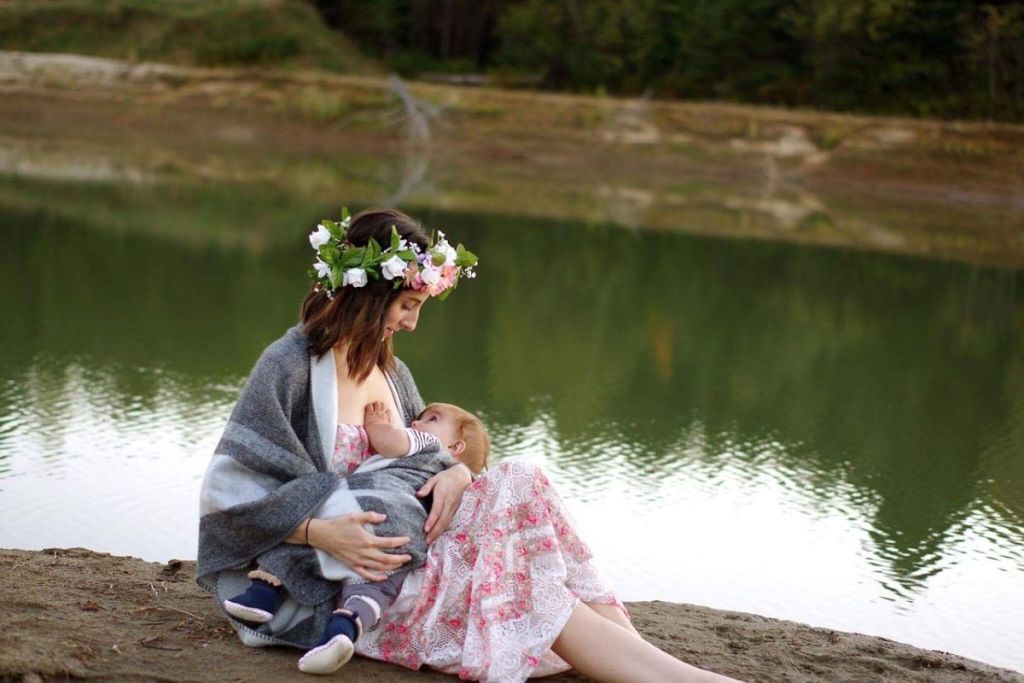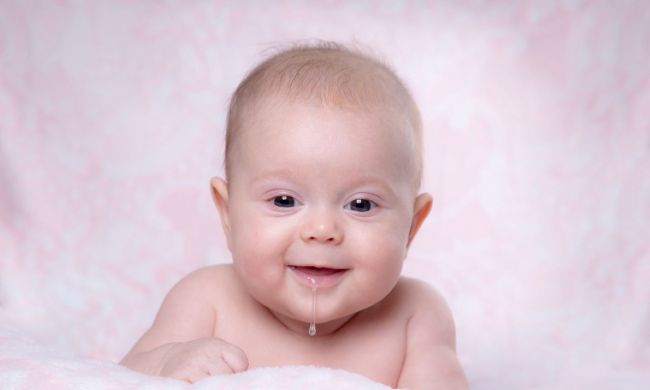Figuring out breastfeeding as a first-timer can be trickier than it seems. From getting the right latch to trying to not get a cramped neck from holding a surprisingly heavy newborn in the same position for 30 minutes, finding the right position is key.
These five top breastfeeding positions are the most popular for a reason: they’re generally the comfiest and the easiest for both mom and baby. You can relax without struggling to hold the position and when you’re both relaxed, the milk will flow best and your muscles won’t get tired or sore in the short or long term. Learn about these five positions for optimal comfort.

Laid-back breastfeeding position
Just like it sounds, this position literally lets you lay back in bed and it doesn’t get much comfier than that, right?
La Leche League describes this position this way:
Position yourself comfortably in bed, on the couch, or in a recliner with back support, and pillows to also support your head, shoulders, arms. Lean back, with your pillows for support. When you comfortably lean back, and put your baby on your chest, gravity will keep him in position with his body molded to yours. Let your baby’s cheek rest somewhere near your bare breast. Rub your nipple on baby’s upper lip to encourage baby to open wide. Bring your baby close. Have his chin touch your breast first, and then his nose will touch your breast. Position baby close to you, with hips flexed, so that he does not have to turn his head to reach your breast. Baby’s feet need to be supported by your body so they don’t dangle in the air. Use one hand to hold your breast as needed and the other hand to support baby’s thigh or bottom.
Side-lying breastfeeding position
This is one of the easiest positions for many moms. Lie on your side in bed with your baby lying next to you facing your breast. You don’t need any positioning pillows because you’re both lying down. Super easy! When it’s time to switch breasts, switch the side you’re lying on and move your baby from one side of you to the other.

Football breastfeeding position
Also called the clutch hold or rugby hold, the football breastfeeding position is a common one that works for many moms. According to Nemours Children’s Health, this position can work especially well for moms who:
- Had a C-section
- Have a forceful let-down (milk ejection)
- Have large breasts
- Have small babies
- Have twin babies
You will need to use a pillow for this position. As seen above, place your baby on the pillow facing upward and tuck his feet and legs under your arm. Slip the palm of your hand under his head to support his neck and lift his head to your breast, placing more pillow or your leg underneath, so you don’t need to hold him for the whole feeding.
Cradle breastfeeding position
This is the hold you may try first naturally or that you see in the media. Cradle your baby’s head in the crook of your arm (the inside of your elbow) and support her body with the length of your arm. Support your arm with a pillow. Face your baby toward you so you are belly to belly. In the newborn stage, your baby’s head and bottom should be level with each other.
Cross-cradle breastfeeding position
A variation of the cradle position, the cross-cradle position (also called the crossover position) situates your arms differently. Nemours Children’s Health explains: “Instead of supporting your baby’s head in the crook of your arm, use the hand of that arm to support your breast. Your opposite arm should come around the back of your baby. Support your baby’s head, neck, and shoulder by placing your hand at the base of your baby’s head with your thumb and index finger at your baby’s ear level.”
Breastfeeding positions for newborns: Do what works
You can change positions during a feeding session and use every one of these positions every day, even every hour. Find what works for you, your body, your baby, your furniture set-up, and that moment. Use lots of pillows and different supports to position yourself to be completely comfortable and set up your space to have a water bottle and everything you need nearby. Don’t forget a phone so you can text your partner to bring you a snack and anything you might have forgotten!



